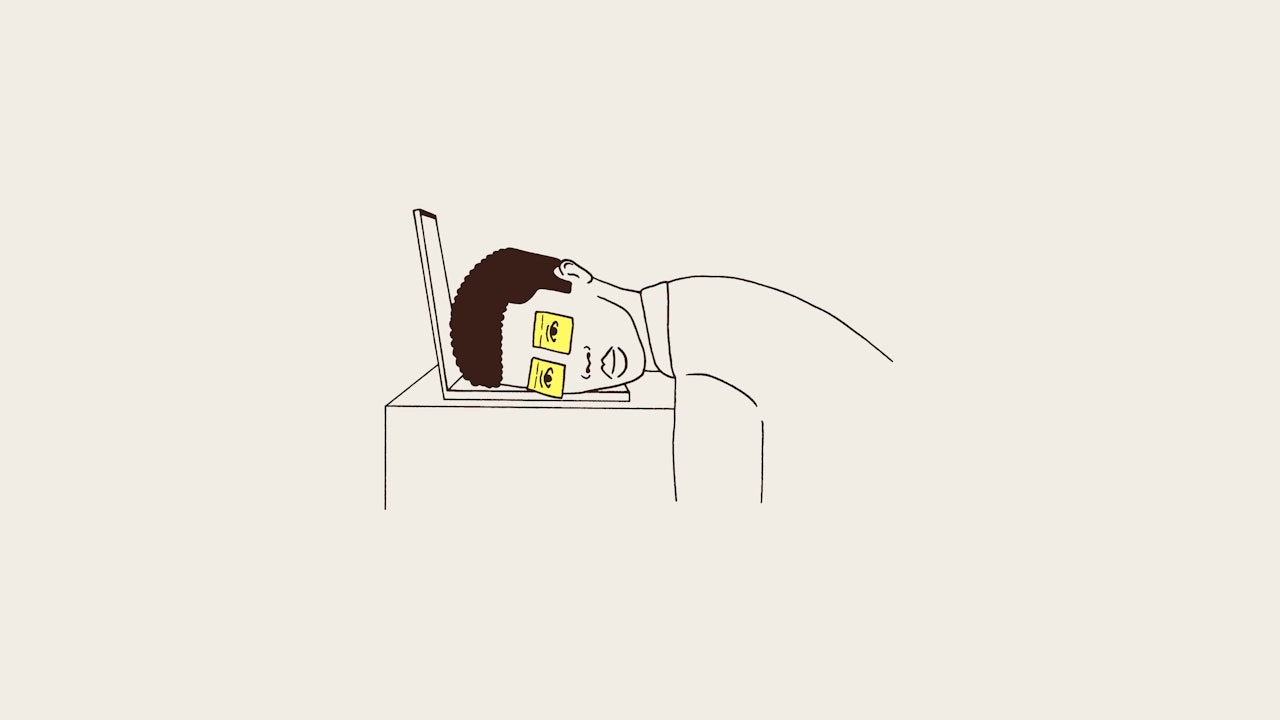Understanding burnout and how to prevent It

Content
- What is burnout?
- Stress and burnout: What’s the difference?
- When does stress become burnout?
- What can organizations do to prevent burnout?
- Conclusion
Burnout is a real buzzword these days. But what exactly is it? And what can businesses do to prevent burnout?
What is burnout?
The World Health Organization (WHO) defines burnout as an “occupational phenomenon.” That means it’s specific to work environments, and workplaces need to take notice.
But burnout isn’t recognized as a mental health condition. It’s a syndrome, which means it’s a recognized set of symptoms without a clear diagnosis.
The three key symptoms of burnout are:
- Feeling consistently exhausted or depleted
- Feeling mentally removed or distant from work
- Feeling negative or cynical about work
Stress and burnout: What’s the difference?
People often use the term “burnout” when they mean that they feel stressed or overwhelmed. You might hear someone say something like, “I had to eat lunch at my desk today; I’m so burned out.”
Although feeling stressed or overwhelmed can lead to burnout, they’re not the same thing.
A useful way to remember the difference between burnout and stress is to think of stress as too much – too much energy coming in, too much adrenaline, too many demands. And burnout being not enough – feeling empty, exhausted, kind of just beyond the point of caring.
When does stress become burnout?
Stress is a natural and necessary human function, and some stress is a normal part of life. Stress causes the body to release a hormone called cortisol, which helps your body respond to stress by giving you energy and focus.
But if we experience stress constantly without time for recovery, or if we don’t have proper coping mechanisms, stress can become chronic. It’s chronic stress that can lead to burnout.
High levels of cortisol caused by chronic stress can cause the kinds of symptoms we see in burnout, such as fatigue, irritability, and depressive symptoms.

What can organizations do to prevent burnout?
It’s good to encourage your people to develop their own coping strategies for stress and make them aware of the symptoms of burnout. But preventing burnout is about collective action more than individual action – it’s no use recognizing you’re burned out if you don’t feel empowered to take the time you need to recover.
Encourage healthy boundaries.
Burnout happens when people don’t have sufficient time to rest. Make sure people know that they aren’t expected to be available constantly and that switching off from work is important. If your company works flexibly and some employees like to work outside standard hours, encourage them to state in their emails or messages that they are choosing to work at the times that suit them but don’t expect an immediate response.
Train managers.
Managers need to be equipped to prevent burnout in their teams. Training can help them learn how to have important conversations, manage team workload, and notice when someone is at risk of burnout.
Create an open culture.
Encourage open and honest conversations among teams. This could be by starting team meetings with each person sharing how they’re feeling lately and if there’s anything they’d like their colleagues to do to support them. It’s vital that leaders role model this behavior – when senior employees talk about how they’re feeling, it makes others feel it’s okay to do the same.
Gather anonymous feedback.
You can’t manage what you can’t measure. Collect anonymous employee feedback so you can see how you’re doing as an organization and where you need to focus your efforts – you might find some teams or areas of the organization are more at risk of burnout than others.
Conclusion
Understanding and addressing burnout is essential for creating a healthy workplace culture. By recognizing the signs of burnout and differentiating it from general stress, organizations can implement proactive strategies that support employee wellbeing. Encouraging healthy boundaries, training managers, promoting open communication, and gathering feedback are critical steps in preventing burnout.
Creating an environment where employees feel safe to express their feelings and where their contributions are valued can lead to a more engaged and productive workforce. Ultimately, prioritizing mental health not only benefits individuals but also enhances the overall success of the organization. As we navigate the challenges of modern work, let’s commit to cultivating a culture that prioritizes wellbeing, ensuring that everyone can thrive both personally and professionally.